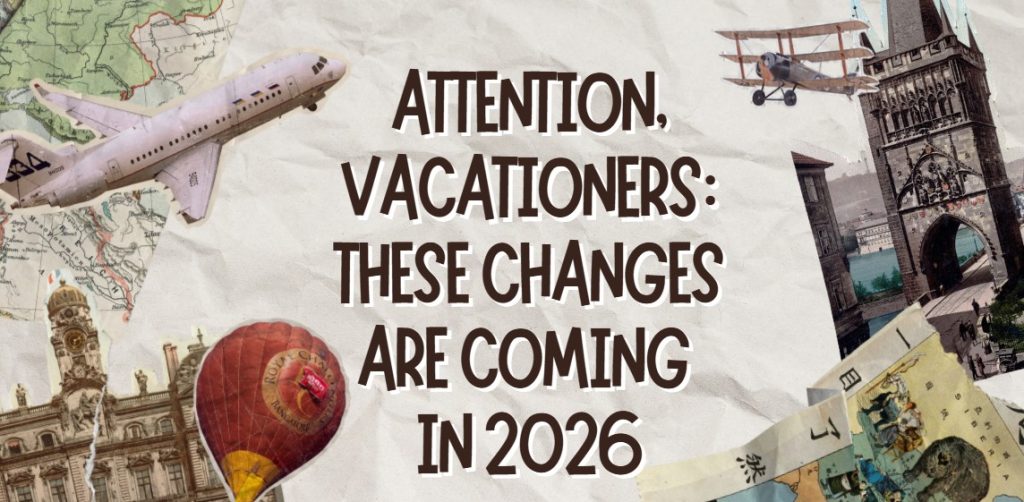Heatwaves could become much more extreme in Europe in the future, warn researchers at the General Assembly of the European Geoscience Union currently taking place in Vienna. They expect much longer and more intense heat waves in the coming decades than previously assumed.
If you look at a comparison of summer temperatures in Europe from 1980 to 2022, they have risen by around 2.3 degrees Celsius in the months from June to August. Many climate models have underestimated this strong warming. According to Dominik Schumacher from ETH Zurich, this is due to the clearer air over Europe today. Researcher Philipp Aglas-Leitner looked further into the future of the climate in a study: according to him, there is still a lot of room for improvement when it comes to future heat waves.
Aglas-Leitner, who also used to work at the Institute of Science and Technology (ISTA) in Klosterneuburg (Lower Austria) and now works at the Climate Change Research Centre of the University of New South Wales (Australia), presented his work at a press conference on Wednesday afternoon at the General Assembly of the European Geosciences Union (EGU) in Vienna. In collaboration with meteorologist Lukas Brunner from the University of Vienna, among others, the scientist analysed 25 heatwaves around the world between 2010 and 2023 in an as yet unpublished study.
Heatwaves that last for months
It cannot be denied that particularly severe heatwaves have characterised the past few years. According to Aglas-Leitner, the team wanted to assess what could still be expected in view of the ongoing climate change. The focus was on prolonged summer heatwaves, some with record temperatures and major impacts on large parts of the population. The scientists combined the information on the extreme weather conditions of recent years, such as their length, average and maximum temperatures, the cumulative heat over the duration of the waves and the extent of the affected areas, with current climate forecast models.
Initially, they assumed an optimistic climate scenario with a rapid and strong reduction in greenhouse gas emissions (SSP1-2.6): “Even in the case of enormous mitigation ambitions, it is still very plausible that the already extreme values of our reference heatwaves will be exceeded,” emphasised Aglas-Leitner. In the case of Europe, we should expect significantly longer and more intense heatwaves than the pronounced heatwave and drought of 2018. These could be one and a half or two times more severe than six years ago. Towards the end of the 21st century, waves that could last several months are becoming increasingly likely, according to the researcher.
Temperature rises are significantly underestimated.
If we look at a scenario that better matches our current greenhouse gas emission path, we are faced with a “completely different picture, with many more strong and larger heatwaves”. The analysis also spits out events that correspond to waves with a duration of up to six months, which would affect very large parts of Europe at the same time. “On average, such a heatwave would affect almost the entire continent,” said Aglas-Leitner. We should, therefore, bear in mind that we could be facing heat waves in the future that dwarf previous experiences with such weather conditions, especially if greenhouse gas emissions are not reduced quickly and significantly.
Dominik Schumacher from the Department of Environmental Systems Science at ETH Zurich also recently analysed the changing summer in parts of Western and Central Europe. In a study published in the journal “Communications Earth & Environment”, he and his colleagues showed that climate forecasts have significantly underestimated temperature increases since 1980.
Cleaner air causes more heat
Surprisingly, the team identified cleaner air as the reason for this. With the decrease in many particles suspended in the air (aerosols), such as residues from combustion engines that scatter solar radiation, a certain cooling factor has also decreased. Especially in regional climate models, which “should actually do a good job” for countries like Austria, changes in aerosol concentrations or air pollution are often not taken into account.
As a certain “dimming” of solar radiation due to the previously more polluted air – an “artificial cooling effect” that is increasingly disappearing – was not taken into account, forecasts also resulted in lower temperature increases than were actually measured over decades. As a result, man-made warming was underestimated in regional climate forecasts, explained Schumacher at the Vienna Geosciences Conference: “But that doesn’t mean that air pollution is good. It is not!”
- source: science.ORF.at/Agencies/picture: Bild von Yves Bernardi auf Pixabay
This post has already been read 4212 times!



